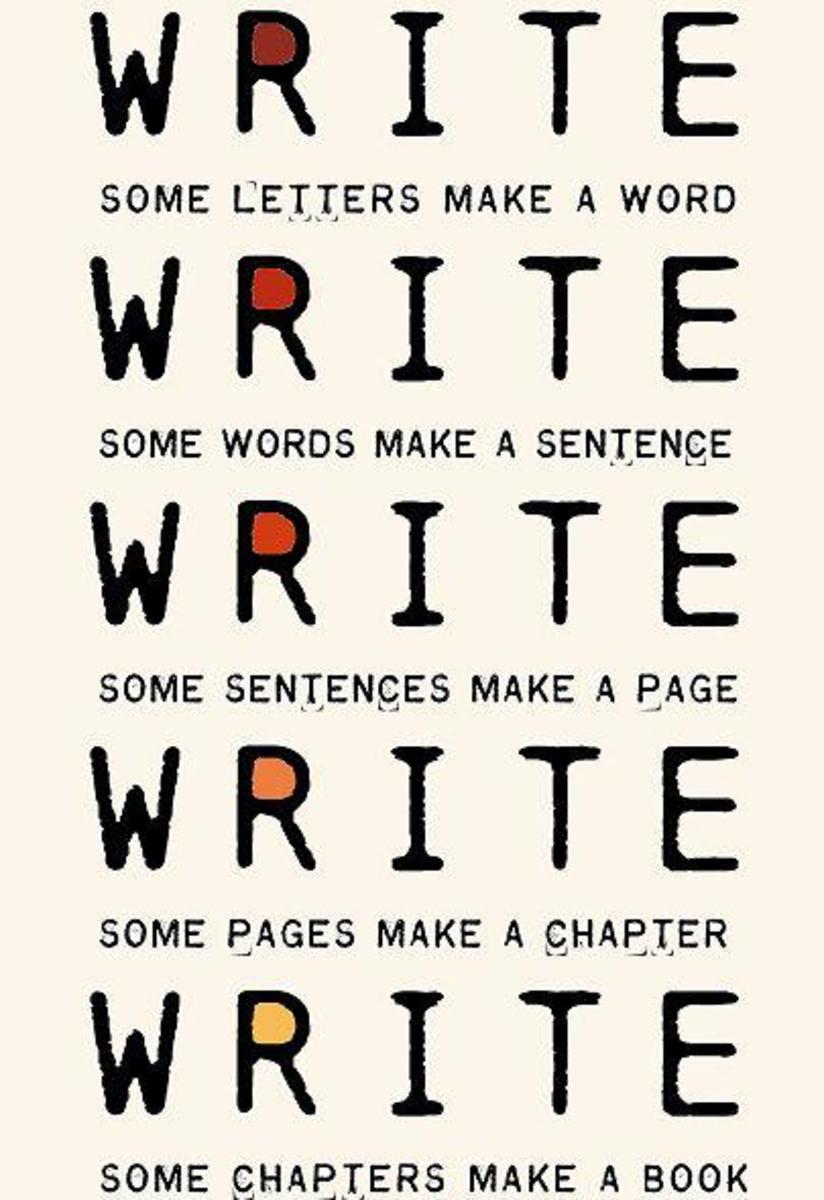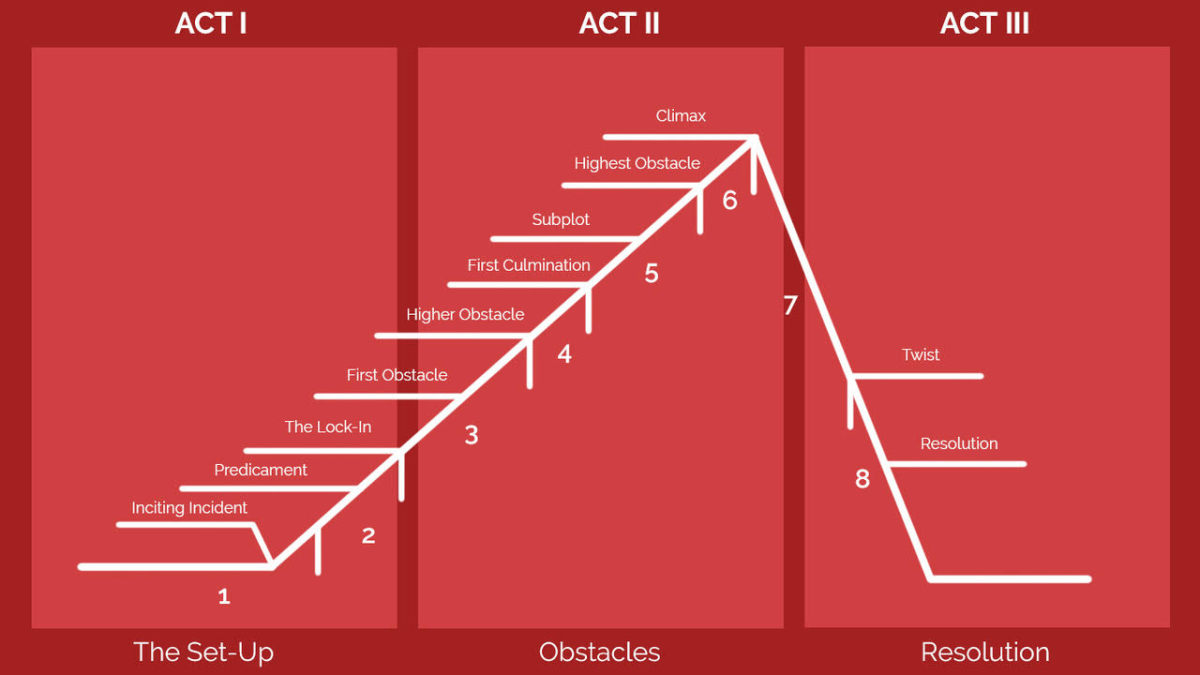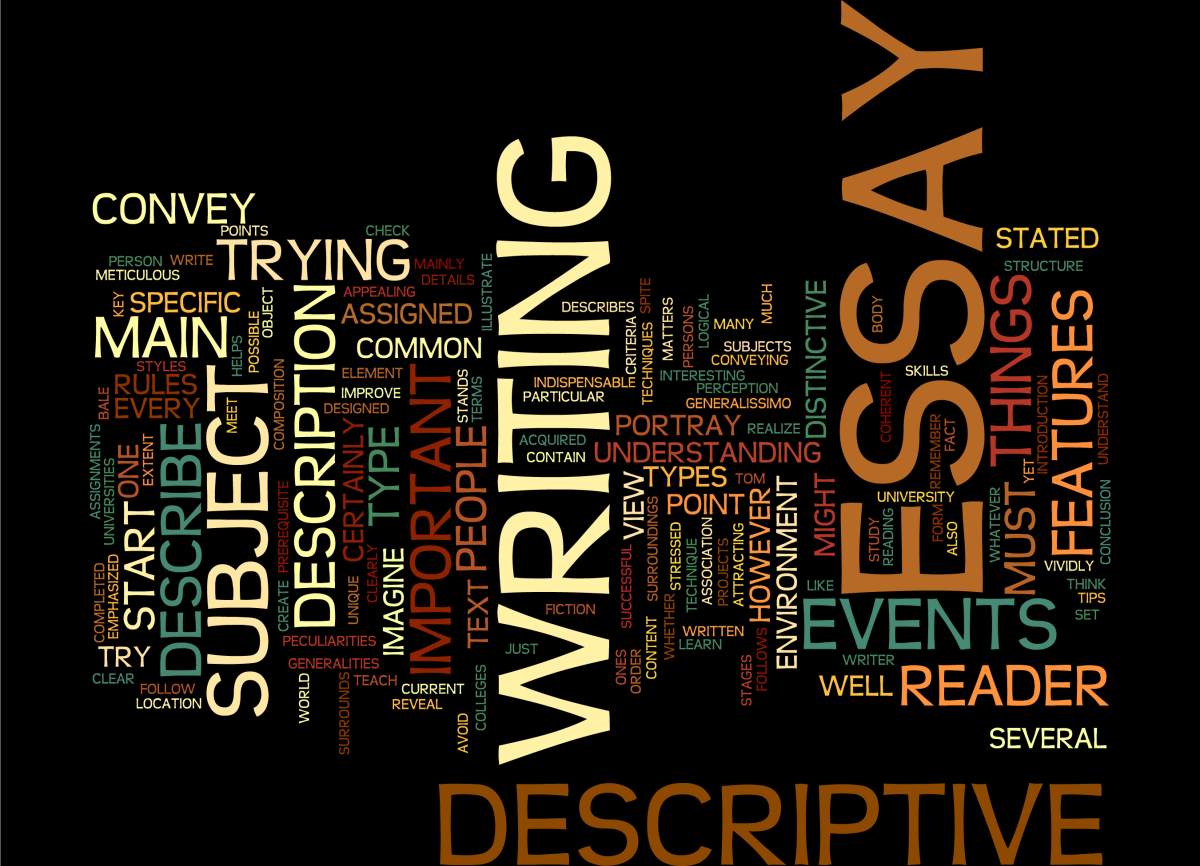Novel Scene Arc Building

ARCs of a Novel
One of the main aspects that every author of the novel needs to know is how to create the story arc. Whether writing a short story or writing a novel, the main plot needs a story arc.
The story arc describes how the storyline builds in tension, crescendos, and drops to an end. This is true of both the main plot and any subplots that are developed within the story.
Character arcs are arcs within a story that shows changes in a character through the course of a story. The character begins with normal life, is faced with a crisis, and changes the crisis is changed with his or her involvement with that crisis.
In addition, to be effective, every good scene should have its own arc.
Use a Scene Arc to Determine Why A Scene Is Necessary
Every scene should have a beginning, middle, and end. A scene that pointlessly meanders should be edited out or fixed so that it does have these characteristics. If you look at the length of scenes in popular fiction, you will see that many of the scenes early in books are longer so that the reader can get to know the characters. Later scenes that require less setup contain more action and tend to be shorter. The scene should be only as long as it takes for the focal character through the arc of the scene. In general, however, the average scene is about three pages long. Your scenes can be anywhere from a few sentences long to twenty pages in length.
As you build your scenes, determine an objective for the scene. How does this scene move the story forward? Where does it begin? Where does it lead? In other words, what problems does this scene create for its characters?
Use the Scene Arc to Show Your Characters In Action
In your earlier scenes, many of the scenes will be character development which will allow the reader into the mind of the character so that he or she can begin to identify him or herself with that character. However, the scenes still need to have an objective of their own. For instance, early scenes in your store will probably show day-in-the-life events and these are meant to show you how life was before the story began. You don't want to just tell about the characters, you want to show the characters in action.
Let’s say that the scene is of a family coming together for the evening meal. The beginning of the scene could be putting the meal on the table and gathering the characters around the table, the middle can be talking at the table, and the end of the scene can be a crisis that causes everyone to leave, leaving the mother to clean up the dishes at the table alone.
This scene should have one focal character that enters the scene wanting something and thus changing the state of things. For instance, perhaps the above scene and the members of the family are talking about the new neighbor that moved in down the road. While sitting there, there is a knock at the door. It is the new neighbor saying that their stud horse has broken down the fence between the two properties. This is the crisis that occurs and everyone runs out of the house. Mother is left to clean up the mess alone.
Be sure to have one focal character per scene. In the scene above, the focal character was the new neighbor even though he was not in the room. This doesn’t mean, however, that you must limit the viewpoint to a single character. Characters can be switched to help give better tension and emotion. Be sure to use the character viewpoints that are most likely to be emotionally at stake in this specific scene. For instance, perhaps the mother had met the man previously in the day and she was strangely attracted to the new neighbor, you may want her viewpoint. Perhaps the teenage daughter had the same sort of romantic interest. Perhaps the man of the house had an unpleasant encounter with the neighbor earlier in the day and it had something to do with that stud horse. Point of view could be from (any or all) of these characters' points of view. You could also have the point of view from the view of the grandmother who observes the reactions of all of these other characters. Play around with the point of view to see what creates the best tension in the scene. The more tension, the more likely the reader will turn the page and eventually finish the book.
Use the Scene Arc to Determine What The Characters Want
Make sure that in each scene every character wants something and set up the conflict so that your main character does not get his or her objective very easily.
Perhaps your main character is the mother, and she really does not want to hear about this new neighbor because her attraction to him reminds her of the fact that she married her husband when she was young and she imagined that marriage was a happily ever after the experience. Now, many years into the marriage, she is disillusioned and bored. She has very little in common with her husband except that they have children together. She knows that she is unhappy, but she is afraid of change. She tries to redirect the conversation to center upon family issues, rather than this new neighbor who sets her heart to pounding every time he is in the room.
Looking at what your characters want in every scene will help you avoid conversational filler where dialogue is flat or where the dialogue turns into character-centered narration designed only to expose the plot.
Use a Scene Arc to Emotionally Orient the Reader to Place and Time
Make certain that the reader knows the when and where of the scene. Give vivid details to set the scene. Don't just tell the place and time make the reader feel as though he or she is in the scene like a bug on the wall. The reader wants to become emotionally invested in the scene. Use word imagery that creates tension and emotion. Strong emotions like fear and emotional pain keep readers intensely invested in what happens to the characters.
Use a Scene Arc When Dealing With Backstory In a Scene
As you introduce each of your characters, weave in details for your reader to get to know the characters as the story goes on. Be careful not to simply dump your character’s description into the story, but weave in the details between lines of dialogue and action.
Be sure that your best scenes occur in the “now” rather than in flashbacks. Flashbacks take the story back in time. If the best story is from the past, perhaps you need to begin your story then rather than now.
Within a scene, you want to show your characters in action so that they can relate to that character better. Imagine that you were filming the action in the scene. Picture and write what the characters are doing as well as what they are saying. Make the visuals interesting.
All stories require some background about the characters but weave bits and pieces of your backstory using a couple of sentences at a time rather than in long narrative descriptions of past events. Developing character backstories may be necessary for you to learn about who your characters are and why they react the way they do in a scene, but in your story, use only the backstory that is pertinent to the story that you are telling. It doesn’t matter that the mother in the scene above grew up on a sugar plantation in Louisiana. What does matter is how growing up on a sugar plantation affects the way she conducts herself now. Her fussing with her daughter over the proper table setting, and her southern accent are all evidence of her southern style without going into the details of her backstory. Dumping backstory into the story kills momentum and destroys pace.
Avoid plot exposition where the characters speak about past events in order to let the reader know what happens. This practice is sometimes worse than having a narrator tell the reader what is happening. A line or two of exposition will not ruin pacing, however, and may help the reader understand character motivation without compromising the story by contriving the scene.
Within Each Scene Arc, Solve One Problem By Creating Two More
As your story builds, do not resolve a focal character’s issues without introducing two or three more. These can be small issues or big, but keep the reader wondering how the character will get out of this new problem.
One technique that I like to use is "what is the worst thing that could happen?" (Usually I add "short of death", but sometimes even that's on the table). What is the worst thing that could happen? I then look at all the options short of that worst-case scenario. Fix one problem but add two more, making the reader want to turn the page to see how the character will contend with those problems in subsequent scenes.
When Using a Scene Arc, Always Keep Characters In Character
In each scene, be sure that your character is acting in character. Do not let your scene appear to manipulate your characters to make certain events occur simply to propel the plot. If you do that, the reader will not believe the scene or will simply see the characters as puppets rather than real human beings. Ask yourself, “How would this character act in this situation?” Set up the situation, and the problems, and then let the characters deal with those issues. Let the character determine how the scene will play out and the characters will appear to be living out a real scene. As the scene ends, begin the transition into the next scene and get ready to start another scene arc. By linking each of these scene arcs together, your story will build scene arc by scene arc, building story arc and creating a novel that your readers will not be able to put down.
This content is accurate and true to the best of the author’s knowledge and is not meant to substitute for formal and individualized advice from a qualified professional.
© 2013 Cygnet Brown





